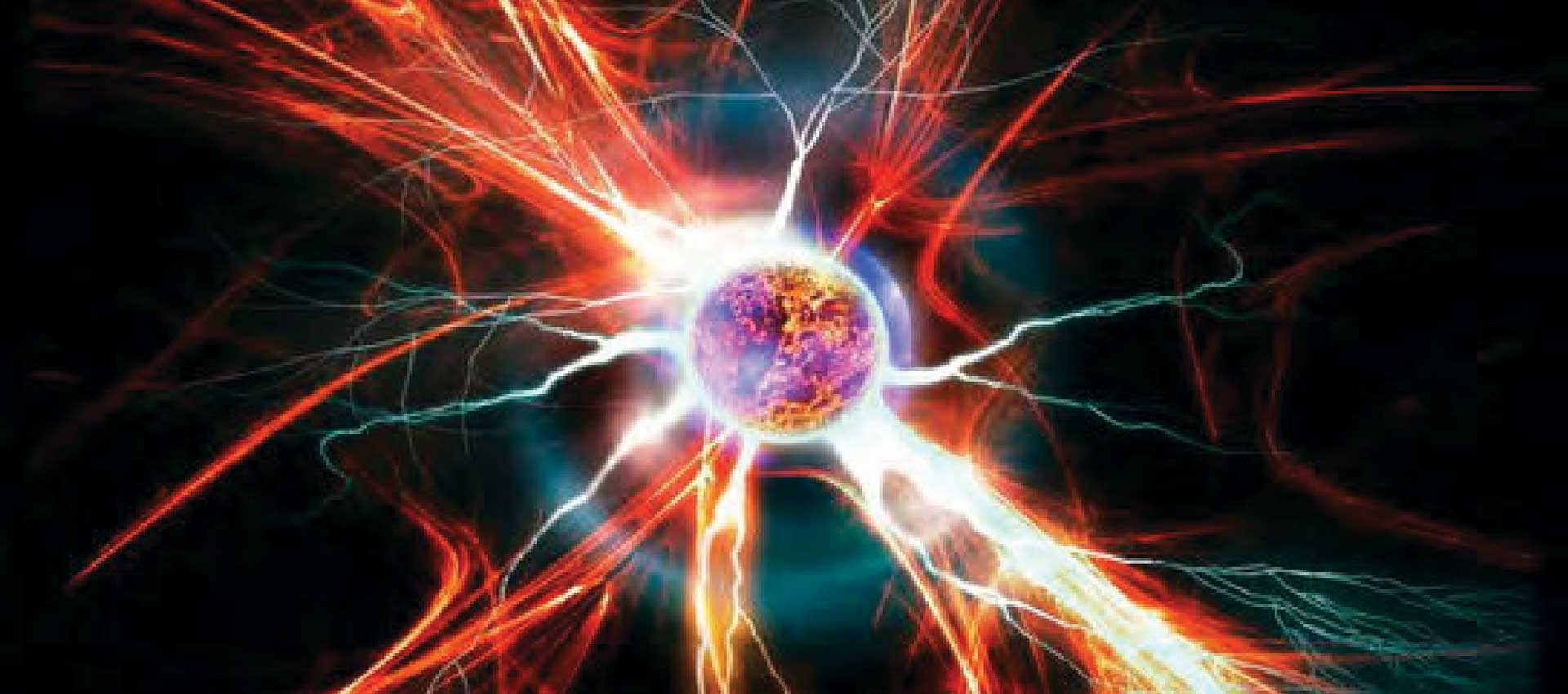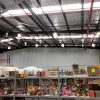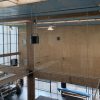
The Airius PureAir Series is an exciting technological innovation which reduces indoor viruses and bacteria and eliminates odours from working environments delivered by Australia’s leading provider and installer of air circulation systems.
Throughout our history, the energy-saving air circulation and destratification systems created by the product development team here at Airius have:
- improved client productivity
- reduced absenteeism by up to 20%
- produced healthier staff
- created fresh indoor environments enjoyed by employees, visitors, patients, contractors, shoppers, and more
Airius work to the very highest standards manufacturing and installing products suitable for deployment within medical facilities. By doing so, we’re able to provide all clients, medical and non-medical, with the most effective air purification and movement systems available.
In addition to the health benefits, Airius is also conscious of the need for the public and private sectors to reduce energy consumption. Our new Airius PHI system reduces CO2 emissions, heating costs, and cooling cost by between 20% and 50% following installation at clients’ premises.
In this article on the Airius PureAir Series, we’ll cover:
- what the Airius PureAir Series is
- the Airius PureAir air circulation and destratification unit and why the movement of air indoors is important
- what photohydroionisation is and what our photohydroionisation (PHI) cell does
- how to deploy the Airius PureAir Series in your premises
- the benefits enjoyed by Airius PureAir Series at installed sites
- how to find out more about the Airius PureAir Series
What Is The Airius PureAir Series?
The Airius PureAir Series consists of two units each containing proprietary technologies:
- the air circulation and destratification unit for the movement of air
- the photohydroionisation Cell for the purification of your indoor air.
The Photohydroionisation (PHI) Cell
The movement of indoor air is important but so is ensuring that the air which is circulated around your premises is as clean and healthy as possible.
Indoors, the air around us contains many contaminants hazardous to the health of staff, customers, and other people who visit your premises. The common cold, MRSA, Norwalk Virus, Streptococcus, Bird Flu, Swine Flu, Candida Albicans, and SARS is airborne and many health commentators have speculated that the rapid spread of these viruses has been caused by unfiltered, unclean air within indoor environments.
Mould, potentially responsible for the introduction and transmission of many respiratory illnesses in indoor environments, is now recognised by all major health authorities around the world as being particularly hazardous to human health.
This potentially toxic cocktail of contaminants invisible to the naked eye is a major cause of Sick Building Syndrome – a condition which affects the people who live and work within a particular building. Those with Sick Building Syndrome suffer from tiredness, a lack of focus, dry skin and eyes, headaches, and other symptoms. Sick Building Syndrome has been linked to poor learning outcomes in schools and impaired productivity within the workplace.
It’s not only germs that cause SBS – the cause may be effluents released by your printer toner cartridge in use, the chemicals from laminate flooring, and biological contaminants trapped inside your air conditioning system. All of those are present for a long time in an office or workplace with poor air movement and poor air quality.
The photohydroionisation cell contained within the Airius PHI uses advanced oxidation technology to improve the quality of indoor air.
What is photohydroionisation?
Oxidation reduces or eliminates mould, volatile organic compounds, bacteria, viruses, and odours within a confined space. There are a number of different oxidation methods used in the creation of clean air including the release of ozone, the release of hydrogen peroxide, and the photohydroionisation effect.
The Airius PHI, with an estimated life of 25,000 working hours, encourage the photohydroionisation effect within your premises using a high efficiency, broad spectrum ultra-violet (UV) bulb. Photohydroionisation works through the reaction of moisture in the air to create hydroperoxides – hydroperoxides (or the ionised version of them) is what’s responsible for that clean smell outside following a thunderstorm.
The use of hydroperoxide greatly accelerates the oxidation process which reduces or eliminates mould, volatile organic compounds, bacteria, viruses, and odours in your premises without some of the safety risks associated with other forms of oxidation.
In-Field Test Photohydroionisation Benefits Of The Airius Pureair Series
The Airius PHI system can be installed in any indoor environment including:
- waste disposal areas
- toilets
- food preparation facilities
- offices
- locker rooms, and
- permitted smoking areas
We supply and install organisations in the medical sector, the commercial sector, and the public sector.
Airius PureAir Series Medical Sector Clients
Airius PureAir Series units are suitable for:
- hospitals
- dentists’ practices
- care and nursing homes
- medical and first aid facilities and
- doctors’ surgeries
Please contact us for more information.
Airius PureAir Series Commercial And Public Sector Clients
We can install Airius PureAir Series Systems for:
- children’s nurseries
- restaurants
- schools
- colleges
- universities
- retailers
- swimming pools
- leisure facilities
- nightclubs
- bars
- jails, and
- factories
If you have any questions or queries about the Airius PureAir or PHI Cell, please Contact Us anytime by phone, on +61 (2) 6608 2736 or by email at info@.
Stay SAFE!





